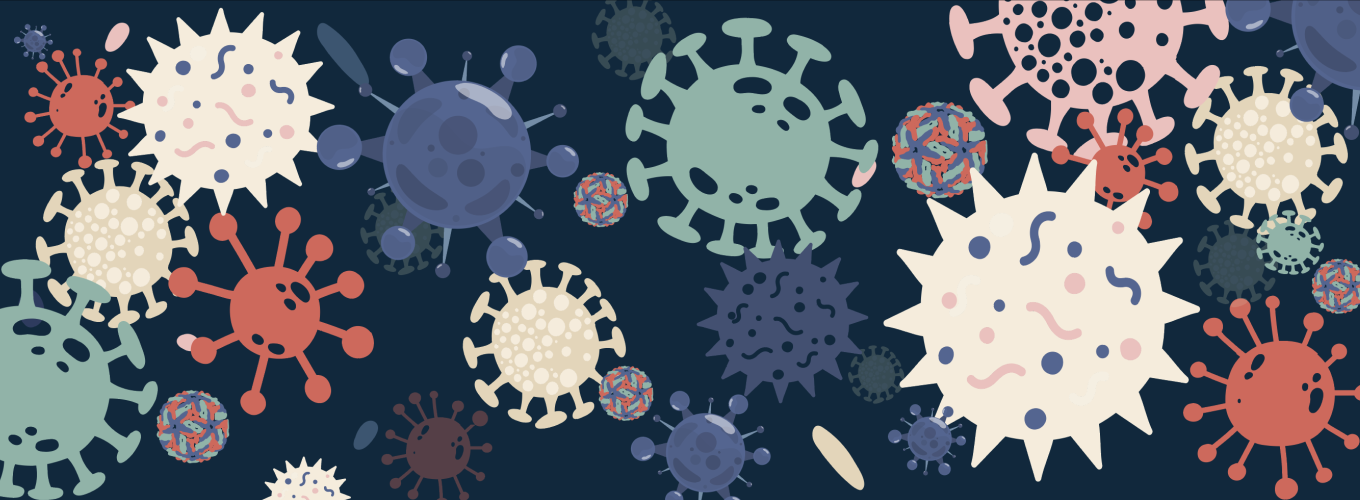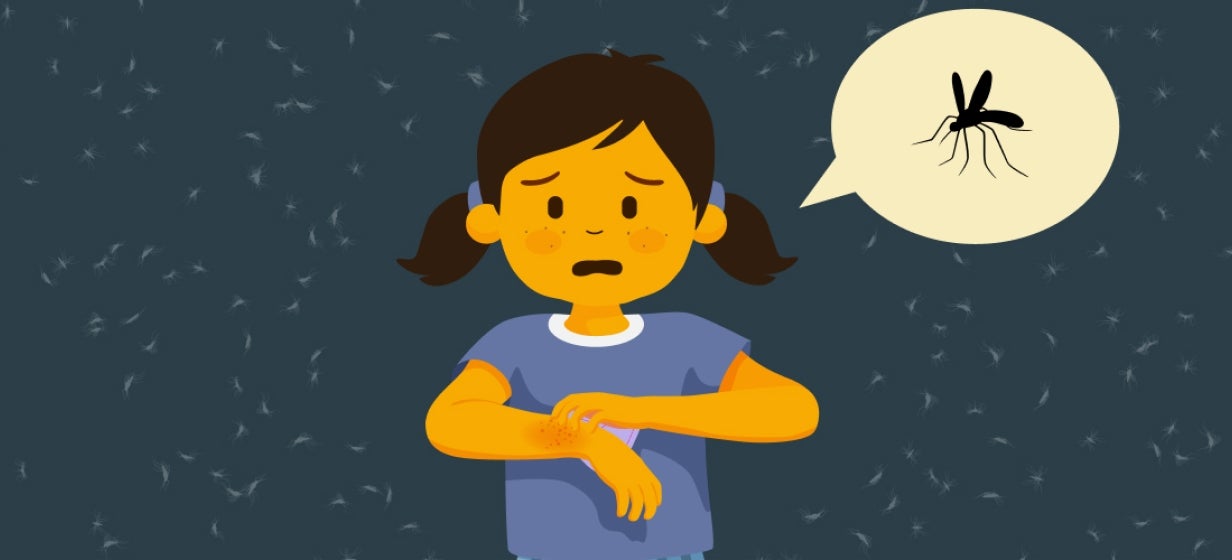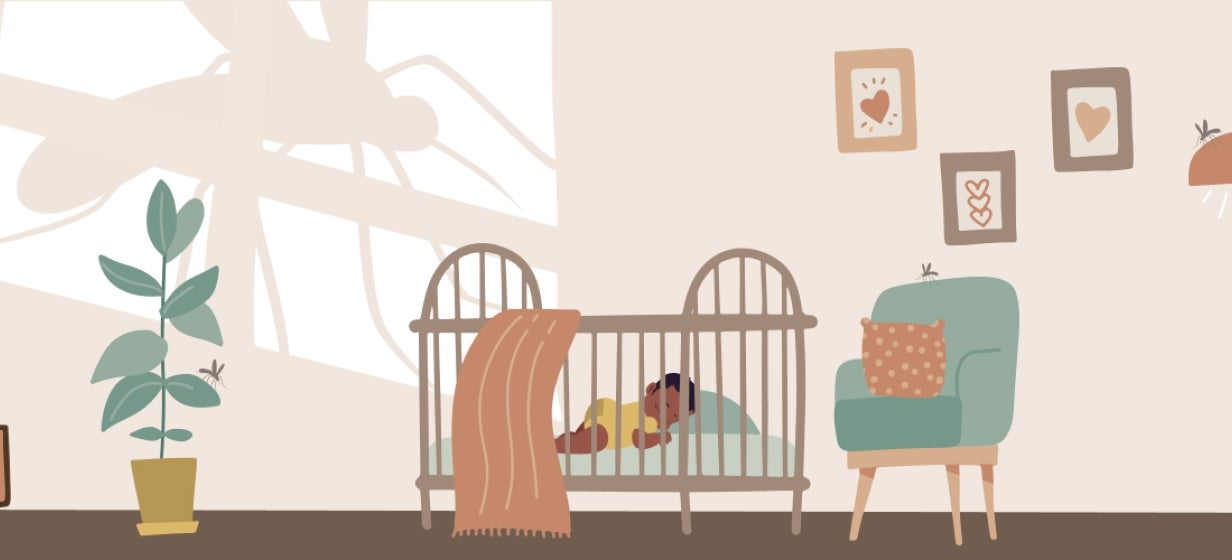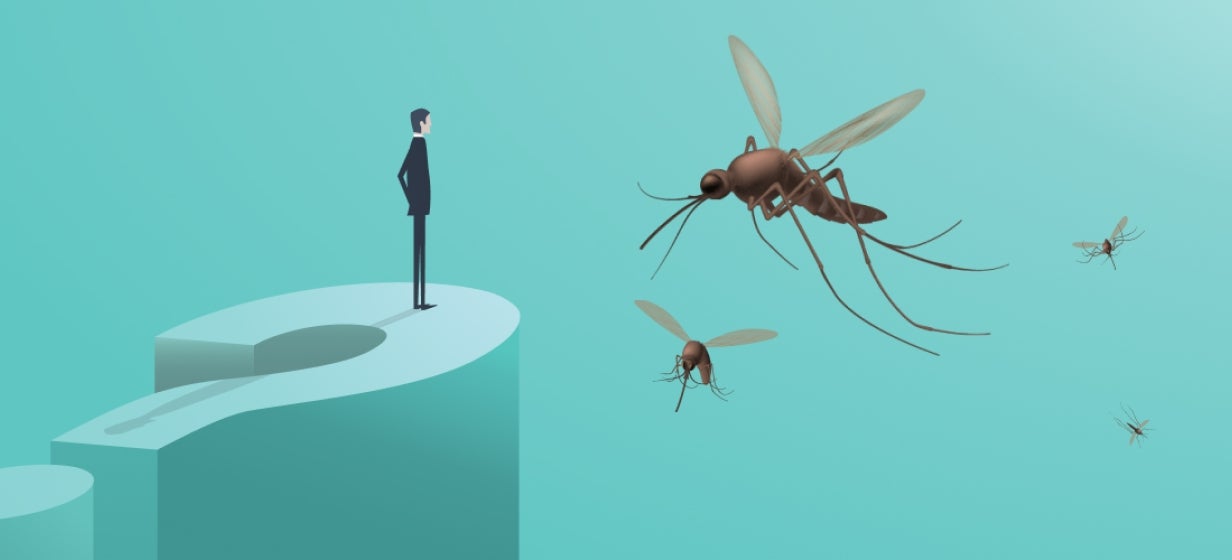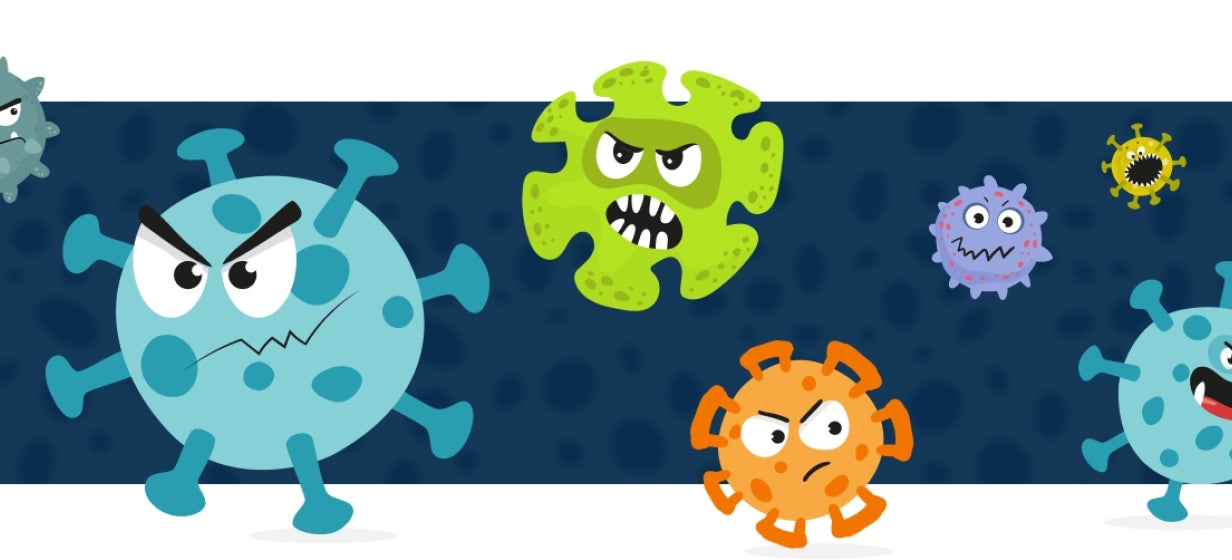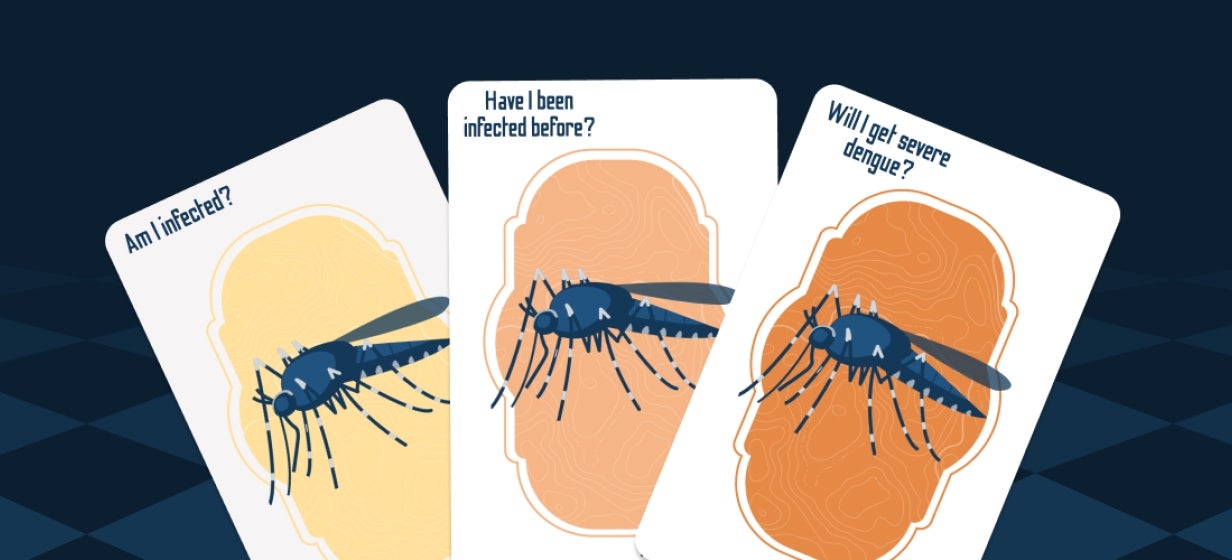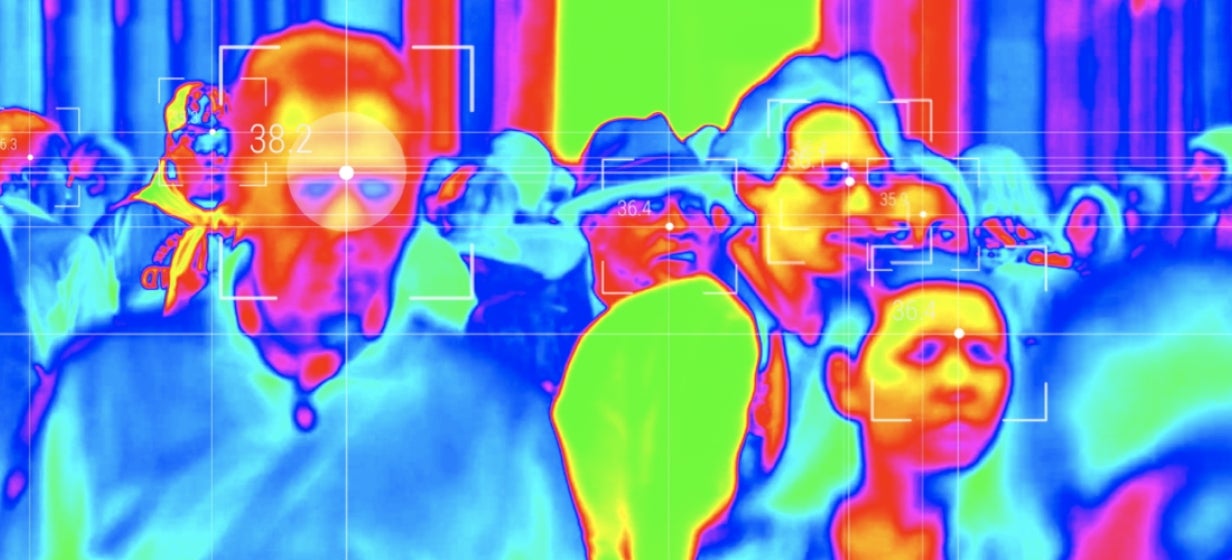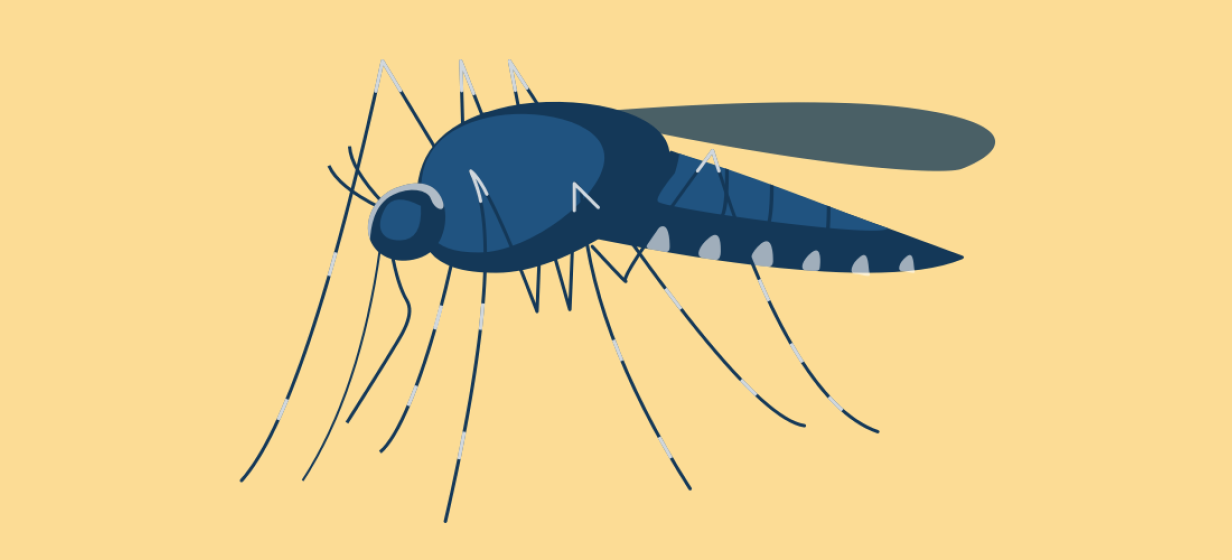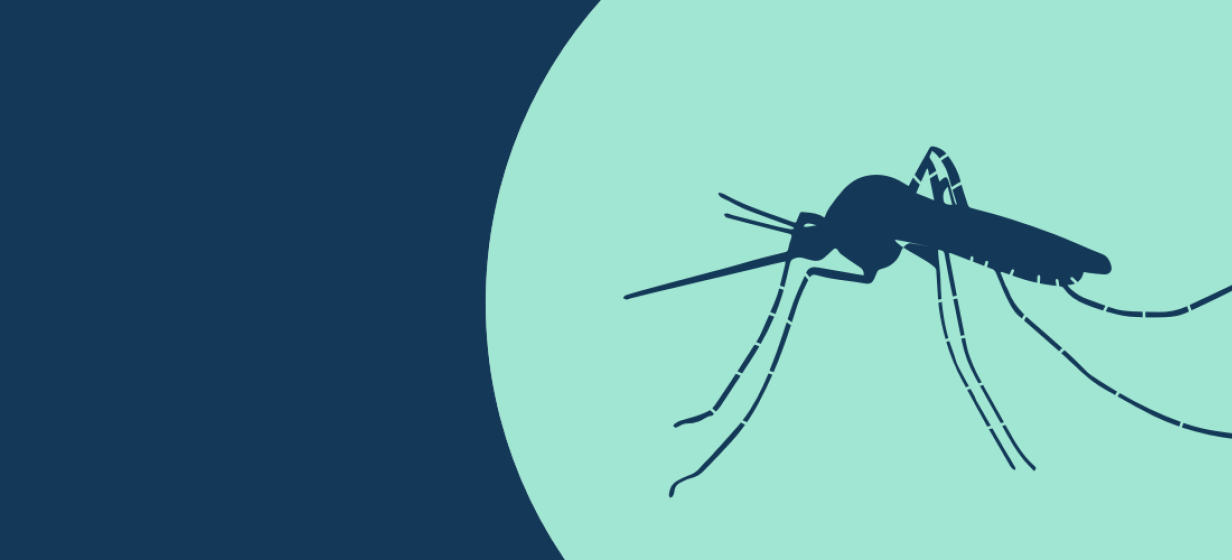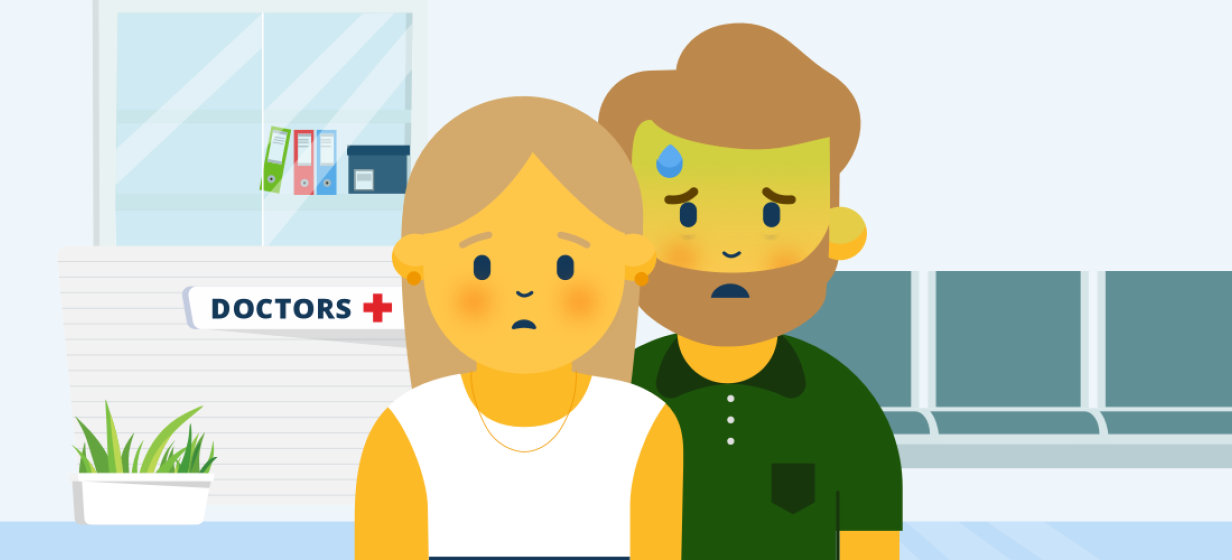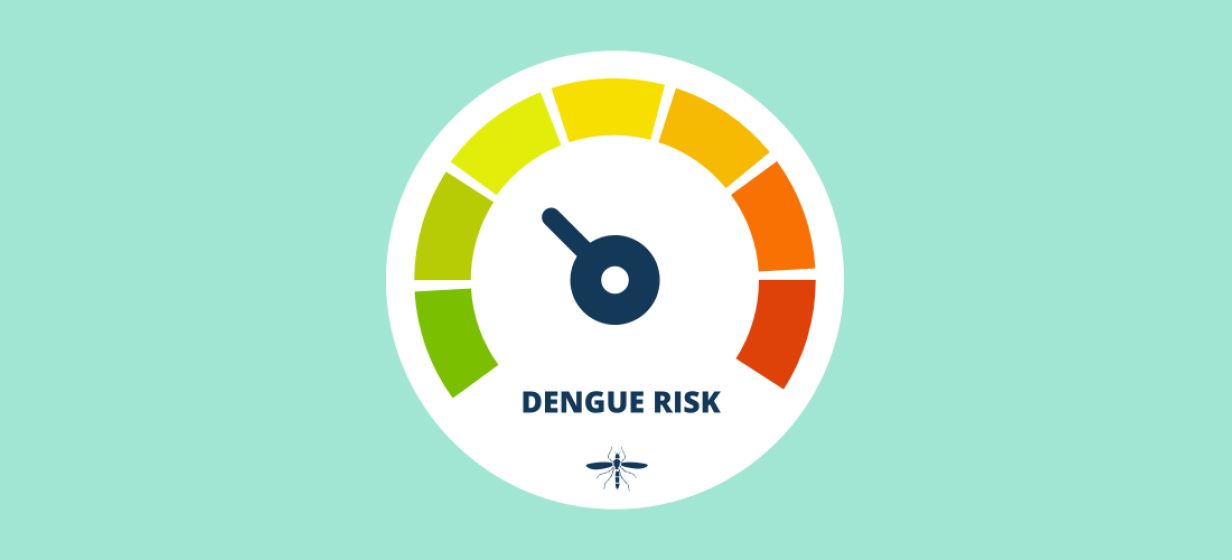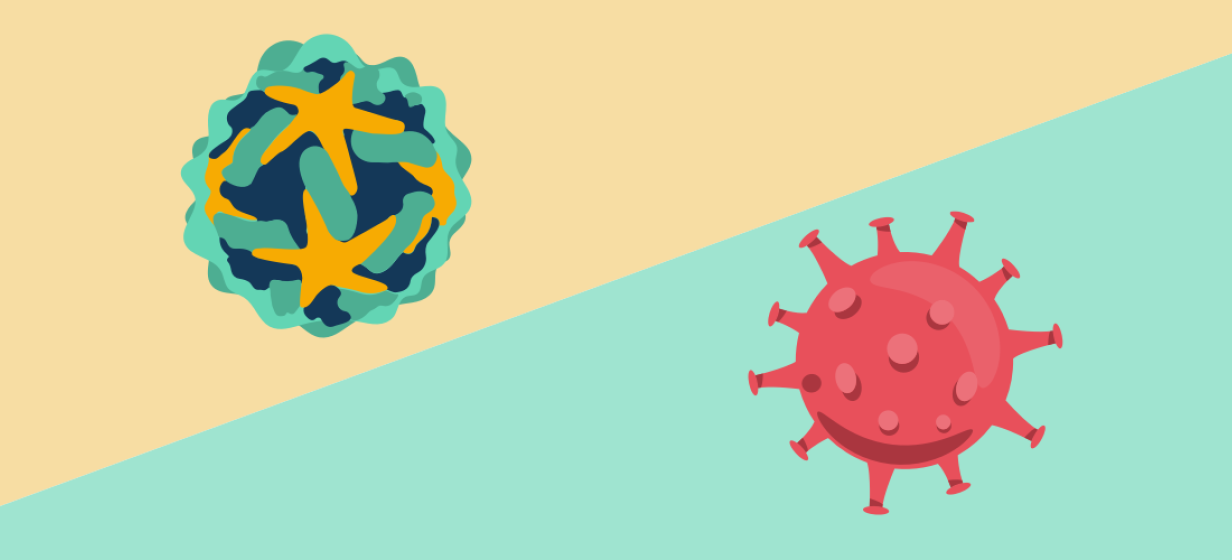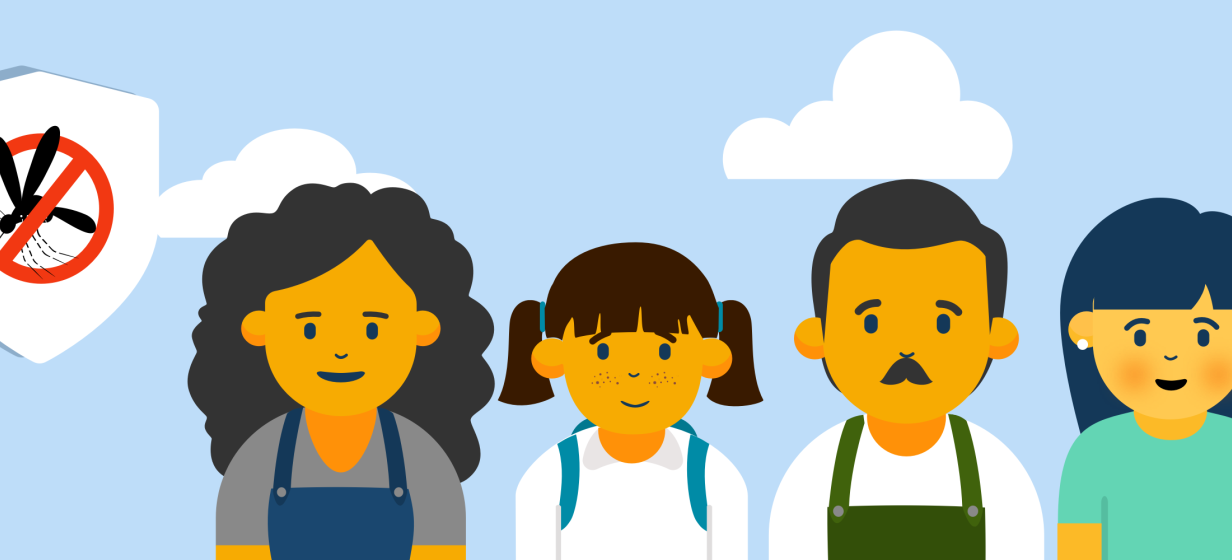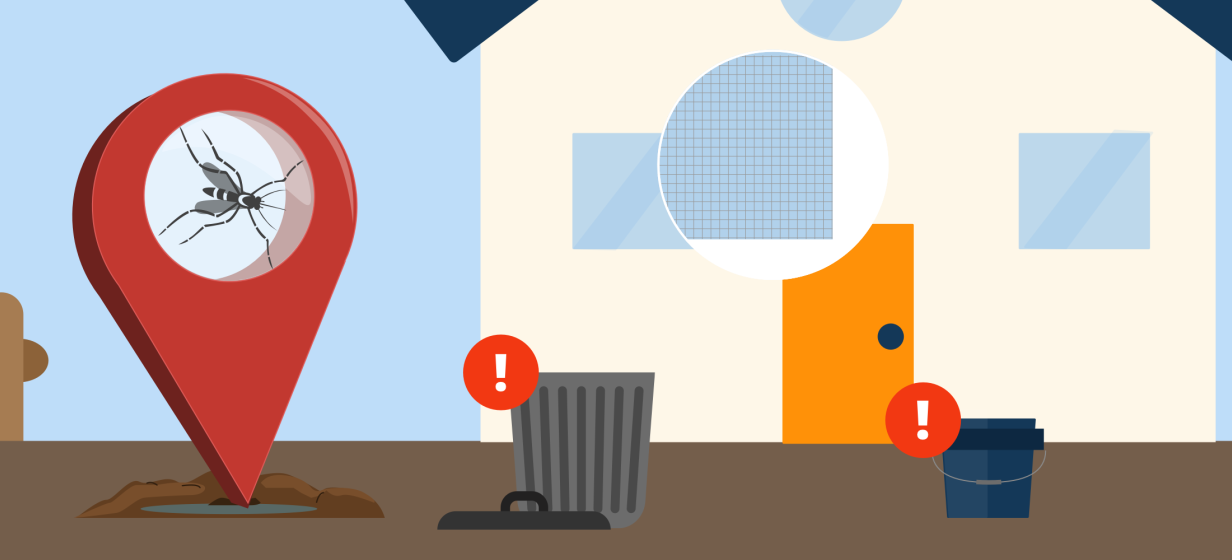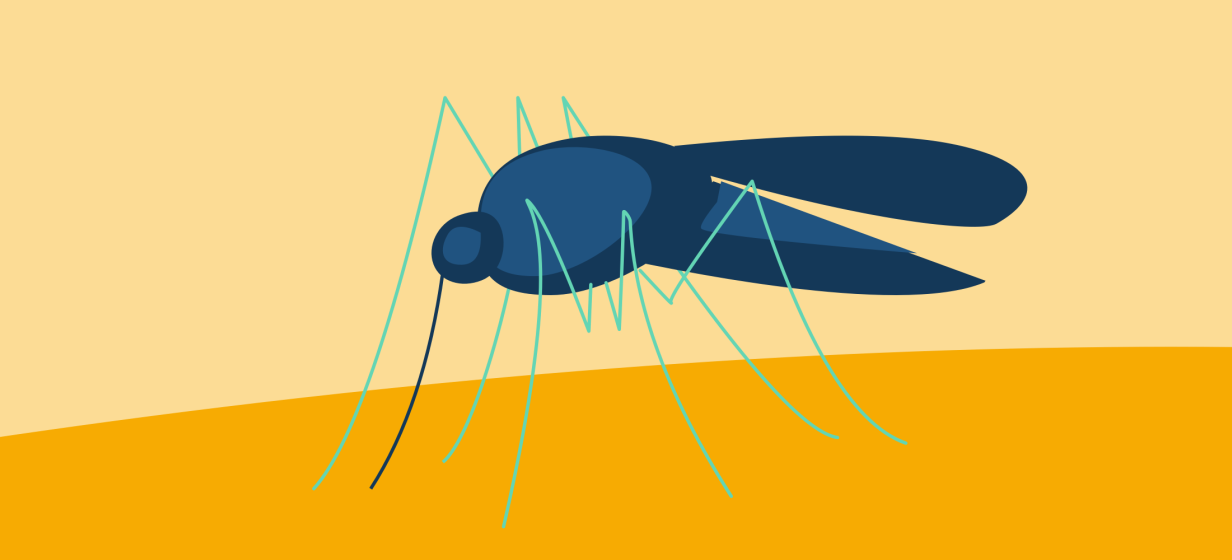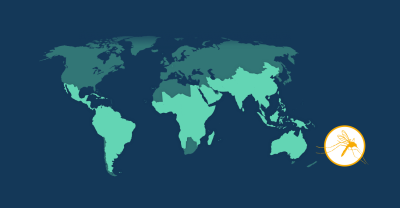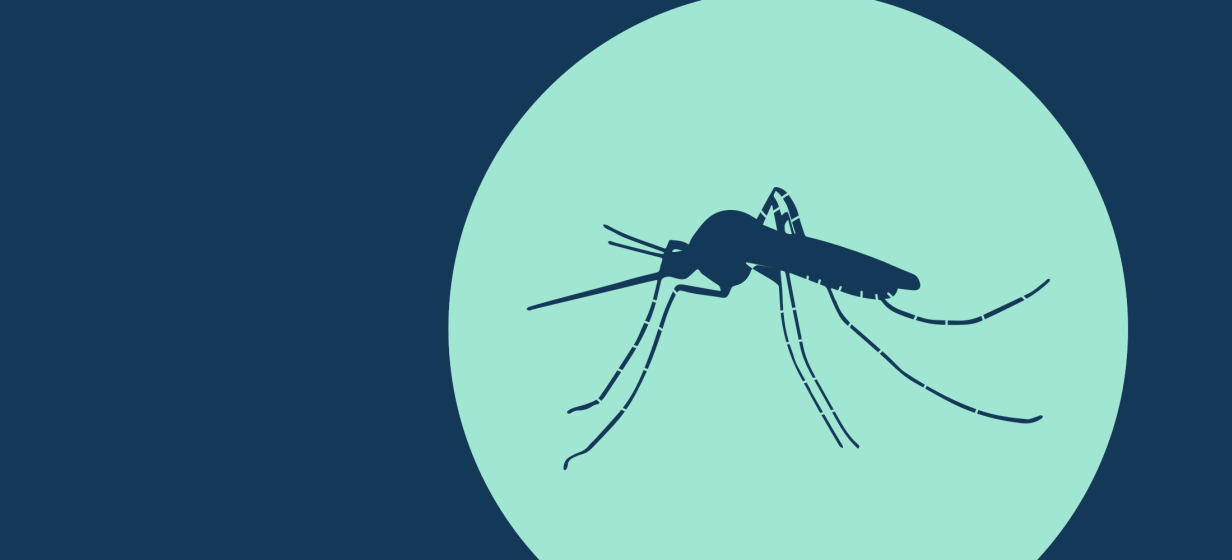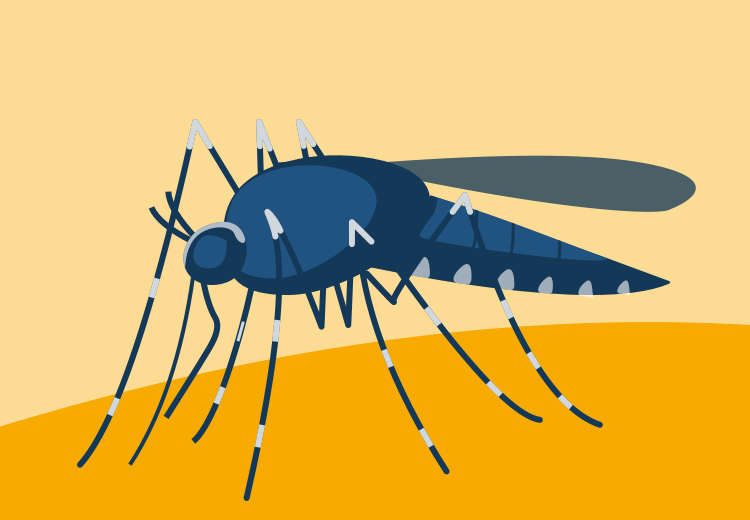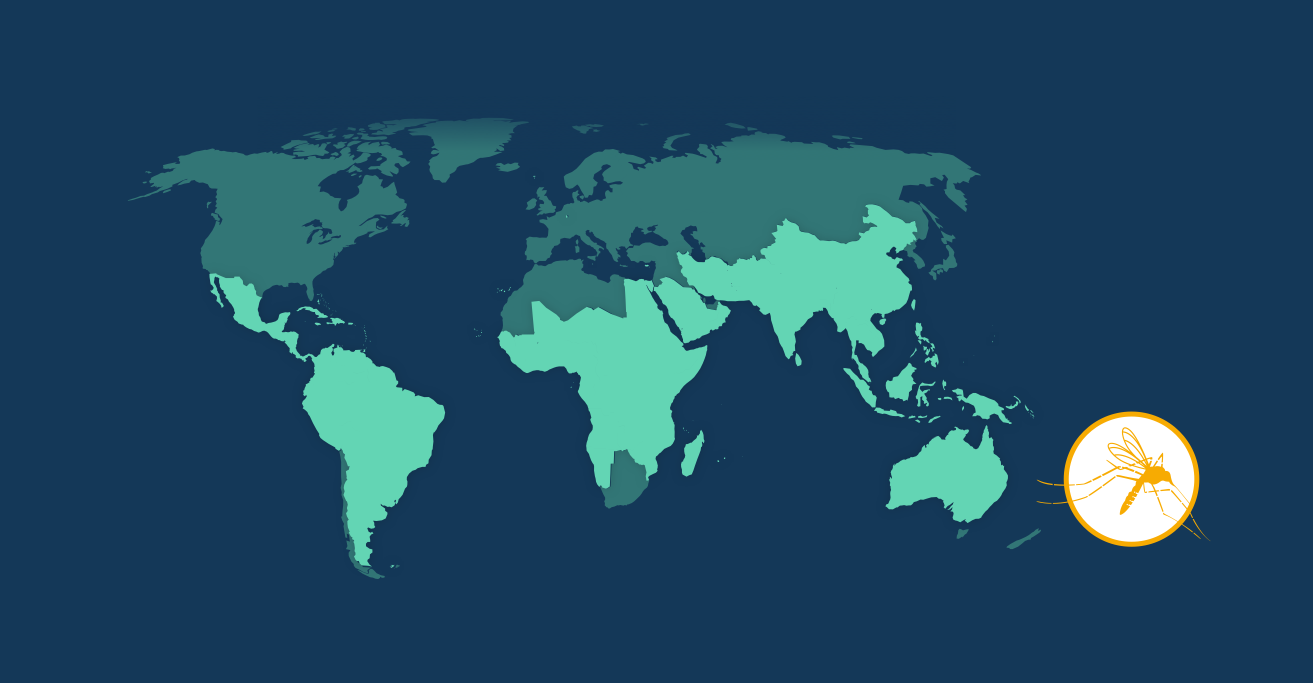Despite the World Health Organization providing clear guidance on dengue diagnosis, the true incidence of dengue is unknown.1 One explanation is that the vast majority of dengue cases are asymptomatic, mild or self-managed hence the actual number of dengue cases may be under-reported.2 It is also well known that the signs and symptoms of dengue may overlap with other diseases causing difficulty in accurate diagnosis.2,6
As a result, diagnosing dengue can cause challenges for physicians, who may miss or mistake it for another febrile illness. Delays in diagnosis can also cause problems for individuals, who may seek medical care late in the disease course.[MAL16, WHO23] Studies have shown that diagnostic delays are associated with more severe disease complications such as damage to vital organs and a higher risk of death.1
Is it dengue or COVID-19?
Symptoms of dengue may overlap with other diseases and many cases may be misdiagnosed as a result.2,6 Individuals with dengue and/or COVID-19 viruses may show symptoms similar to those listed below, ranging in severity from none at all, to very severe:4
DENGUE
The most common symptom of dengue is fever accompanied by any of the following:
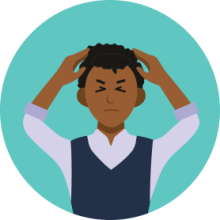
Aches and pains (eye pain, typically behind the eyes, muscle pain or bone pain)
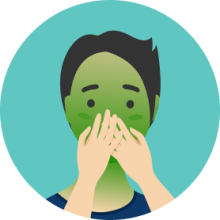
Nausea, vomiting
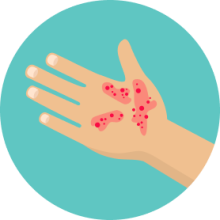
Rash
COVID-19
People with COVID-19 have a wide range of symptoms from mild to sever including:

Fever or chills

Cough, shortness of breath
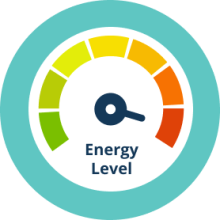
Fatigue
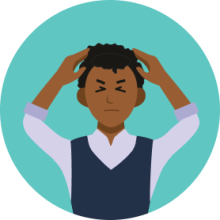
Muscle, body or headaches

New loss of taste or smell
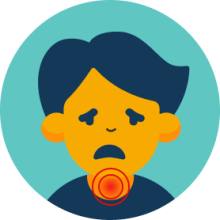
Sore throat
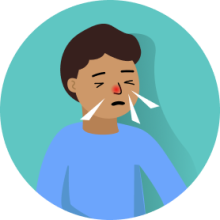
Congestion
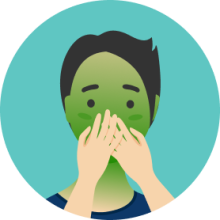
Nausea, vomiting and diarrhea
If you experience any of these symptoms but have also been bitten by a mosquito, please promptly ask your healthcare professional for advice on symptom management.
What are the practical difficulties with diagnosing dengue?
If symptoms related to dengue worsen or do not improve, further tests may be required.5 These could include blood tests to measure the concentration of blood cells or tests that detect the presence of viral genomic material.3,5
However, the choice of test depends on the time passed since initial infection. Some tests may only detect antibodies in the blood after 5 days or if they are in very high concentration.5
Studies looking into tests available at the time found inaccurate results between dengue and the COVID-19 virus.6,8 Not only are the symptoms similar, but diagnosis is difficult when interaction between the viruses is unclear.6,8 This demonstrates difficulty in accurately diagnosing dengue and assessing immunity in geographical locations where the viruses co-exist. 6,8
So if a dengue diagnosis is achieved, what next?
In general, most dengue patients recover after managing their symptoms. However, a small proportion of patients (approximately 5%) may experience a sudden deterioration of symptoms 3-7 days after infection.7,9 The exact reason for this is not known,10 but is likely due to an abnormal immune response against the virus.5,11
Because of this uncertainty, early detection of severe dengue and proper case management is essential.3 Upon diagnosis with dengue, laboratory results and evaluation of the warning signs of severe dengue are used to assess potential progression to ’severe’ status.3 However, there are not currently standardized guidelines or cut-off values for laboratory tests, disease severity is based on clinical judgement and may therefore vary in different settings.3
Why is it important that dengue is diagnosed quickly when there isn’t a treatment?
Although there is currently no effective antiviral treatment for dengue, recognizing early signs of progression is vital to begin supportive treatment.3 It is important to know if you have had dengue once before, as you are more likely to develop severe dengue with a second infection.12
Severe dengue is a potentially fatal complication, for which medical attention should be sought immediately. Timely medical care by experienced physicians and nurses can save lives – decreasing mortality rates to less than 1% in the majority of countries.7
Accurate, efficient, and rapid diagnosis of severe dengue is critical for rigorous clinical monitoring and care, avoiding potential complications that could lead to mortality.3 Inaccurate diagnosis may also cause unnecessary hospital admission, increasing the burden on healthcare systems.3
So what can be done to make sure dengue is diagnosed as soon as possible?
Individuals in endemic areas should be aware of the symptoms of dengue and the importance of early medical consultation.1 Healthcare professionals should also be alert to the diagnostic possibility of dengue, referring patients promptly for appropriate investigation.1 Awareness, early engagement and collaboration with healthcare professionals can improve detection, which can translate to prompt dengue control and surveillance in the community.1
Please contact your healthcare professional if you are concerned about dengue symptoms or require advise on how to protect yourself and others against dengue infection.
















